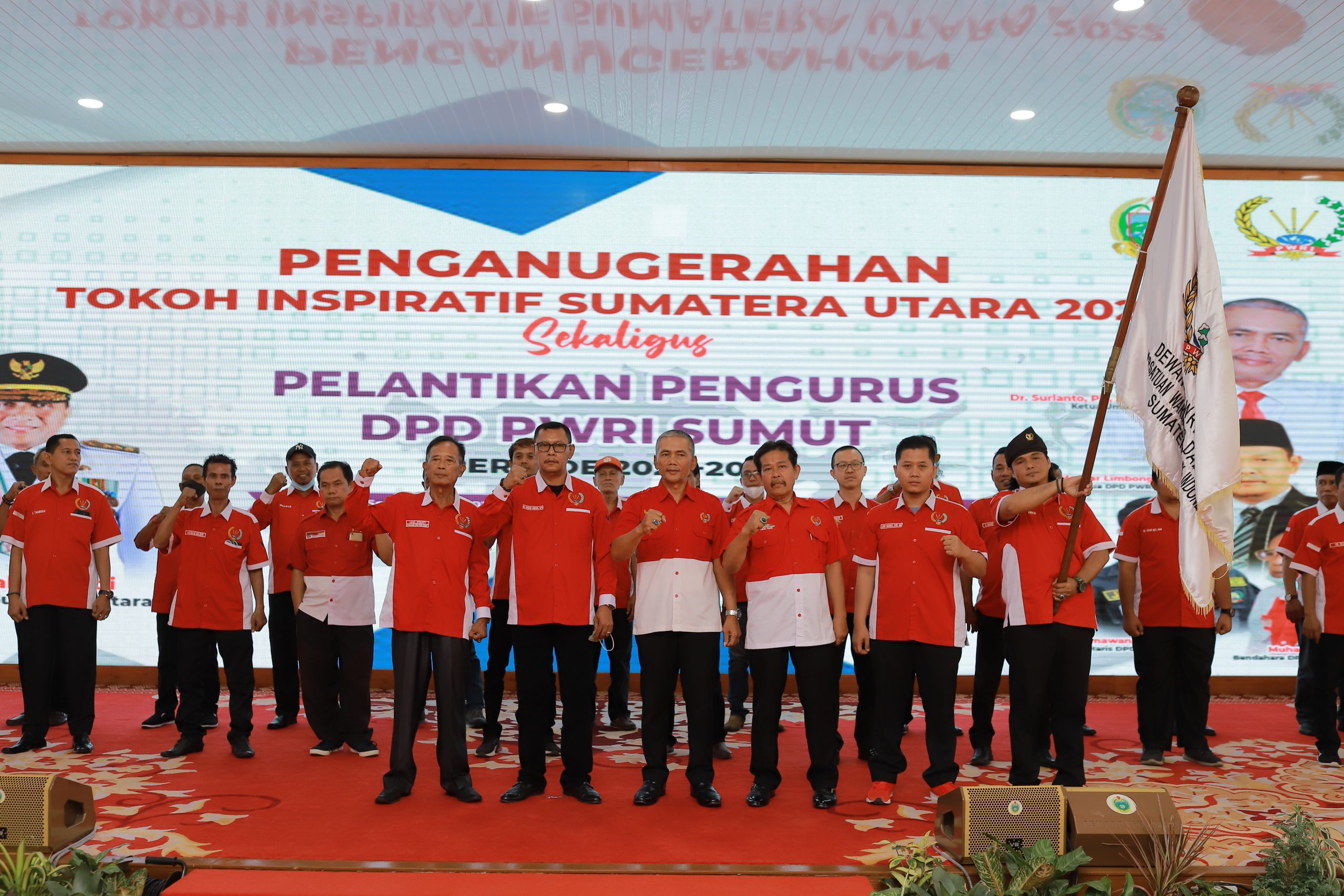Renewable energy technology is advancing rapidly, offering sustainable alternatives to traditional fossil fuels. As concerns about climate change and environmental degradation grow, innovations in renewable energy are crucial for reducing greenhouse gas emissions and ensuring a sustainable future. This article explores the latest advancements in renewable energy technologies, their benefits, and the challenges that need to be addressed for widespread adoption.
1. Solar Power: Advancements in Photovoltaic Technology
Solar power is one of the most widely adopted renewable energy sources, and recent advancements in photovoltaic (PV) technology are enhancing its efficiency and affordability.
- Perovskite Solar Cells: Perovskite solar cells have emerged as a promising technology due to their high efficiency and low production costs. Unlike traditional silicon-based solar cells, perovskite cells can be manufactured using simpler processes and cheaper materials, making solar power more accessible.
- Bifacial Solar Panels: Bifacial solar panels can capture sunlight on both sides, increasing their energy output. These panels are particularly effective in snowy or reflective environments, where light can reach the back side of the panel.
- Floating Solar Farms: Floating solar farms, also known as floatovoltaics, are installed on bodies of water such as lakes and reservoirs. This innovative approach saves land space and can increase the efficiency of solar panels by cooling them with water.
2. Wind Power: Innovations in Turbine Design
Wind power is another key player in the renewable energy sector, and advancements in turbine technology are making it more efficient and versatile.
- Offshore Wind Farms: Offshore wind farms have the potential to generate significant amounts of energy due to stronger and more consistent winds at sea. Innovations in floating turbine technology allow these farms to be located in deeper waters, where wind speeds are even higher.
- Vertical Axis Wind Turbines (VAWTs): Unlike traditional horizontal-axis wind turbines, VAWTs have blades that rotate around a vertical axis. This design is more compact and can operate in variable wind conditions, making it suitable for urban areas and small-scale applications.
- Smart Turbines: Smart wind turbines equipped with sensors and AI algorithms can optimize their performance by adjusting to changing wind conditions. These turbines can also predict maintenance needs, reducing downtime and operational costs.
3. Energy Storage: Enhancing Grid Reliability
One of the main challenges of renewable energy is its intermittent nature. Innovations in energy storage technologies are critical for ensuring a stable and reliable energy supply.
- Lithium-Ion Batteries: Advances in lithium-ion battery technology are increasing their energy density, lifespan, and safety. These batteries are essential for storing energy from solar and wind sources, making it available when needed.
- Flow Batteries: Flow batteries use liquid electrolytes to store energy, offering long-duration storage and the ability to scale easily. They are particularly suitable for grid-scale applications and can provide backup power for extended periods.
- Hydrogen Storage: Hydrogen can be produced using renewable energy through electrolysis and stored for later use. Hydrogen fuel cells can convert this stored energy back into electricity, providing a clean and efficient storage solution.
4. Smart Grids: Integrating Renewable Energy
The integration of renewable energy into existing power grids requires advanced management systems to balance supply and demand.
- Smart Grids: Smart grids use digital technology to monitor and manage the flow of electricity. They can integrate various renewable energy sources, optimize energy distribution, and improve grid reliability.
- Demand Response Systems: These systems adjust the demand for power in response to supply conditions. For example, they can reduce energy consumption during peak times or increase it when there is an excess of renewable energy available.
- Microgrids: Microgrids are localized energy systems that can operate independently or in conjunction with the main grid. They are particularly useful in remote areas and can provide reliable power using local renewable energy sources.
5. Bioenergy: Sustainable Fuel Alternatives
Bioenergy is derived from organic materials and offers a sustainable alternative to fossil fuels.
- Advanced Biofuels: Second-generation biofuels are produced from non-food crops and waste materials, reducing competition with food production. These biofuels can be used in existing transportation infrastructure, providing a cleaner alternative to gasoline and diesel.
- Biogas: Biogas is produced through the anaerobic digestion of organic waste, such as agricultural residues and food waste. It can be used for heating, electricity generation, and as a vehicle fuel, contributing to waste management and energy production.
- Algae-Based Biofuels: Algae can be cultivated to produce biofuels, offering a high-yield and low-impact energy source. Algae biofuels have the potential to reduce greenhouse gas emissions and reliance on fossil fuels.
6. Geothermal Energy: Harnessing Earth’s Heat
Geothermal energy harnesses the heat from the Earth’s core to generate electricity and provide heating.
- Enhanced Geothermal Systems (EGS): EGS technology enhances natural geothermal reservoirs by creating artificial fractures in hot rock formations. This increases the availability of geothermal resources and expands the potential for geothermal energy production.
- Geothermal Heat Pumps: These systems use the stable temperatures below the Earth’s surface to heat and cool buildings. They are highly efficient and can reduce energy consumption for heating and cooling.
Challenges and Considerations
While renewable energy technologies offer numerous benefits, their widespread adoption faces several challenges:
- Cost: The initial investment in renewable energy infrastructure can be high. However, ongoing advancements and economies of scale are reducing costs.
- Regulation and Policy: Supportive policies and regulations are crucial for promoting renewable energy adoption. Governments need to provide incentives and establish clear frameworks for development.
- Infrastructure: Integrating renewable energy into existing infrastructure requires upgrades and investments in smart grids and storage solutions.
- Public Acceptance: Educating the public about the benefits of renewable energy and addressing concerns about its impact on landscapes and communities are important for gaining widespread support.
Conclusion
Innovations in renewable energy technology are driving the transition towards a more sustainable and resilient energy future. Advances in solar and wind power, energy storage, smart grids, bioenergy, and geothermal energy are making renewable energy more efficient, affordable, and accessible. While challenges remain, the ongoing development and adoption of these technologies are crucial for reducing greenhouse gas emissions, combating climate change, and ensuring a sustainable future for generations to come.











